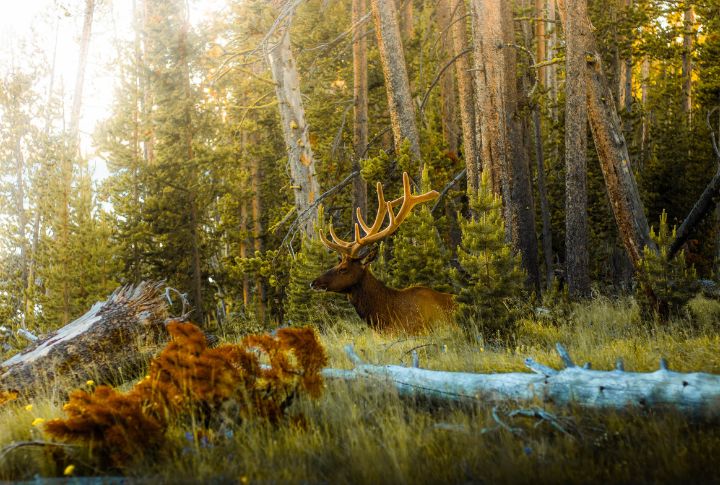
Yellowstone is home to some of the most impressive animals in North America. The park’s diverse ecosystems provide rare opportunities to witness wildlife in their natural habitats. Here’s a look at 20 animals you shouldn’t miss while exploring this incredible park on your next adventure.
American Bison
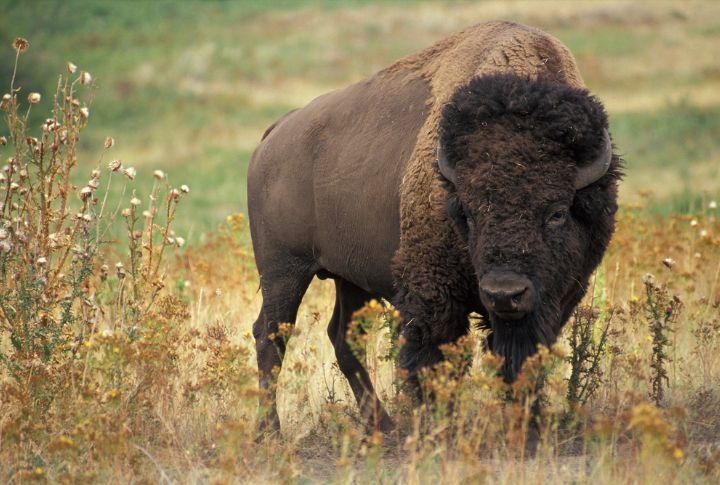
North America’s largest land mammals dominate Yellowstone’s grasslands. Bulls weighing 2,000 pounds stride across Lamar and Hayden valleys, often causing traffic jams without concern. Stay at least 25 yards away— these giants sprint at 35 mph when agitated. Best viewing comes year-round, with roughly 5,450 bison calling the park home.
Elk
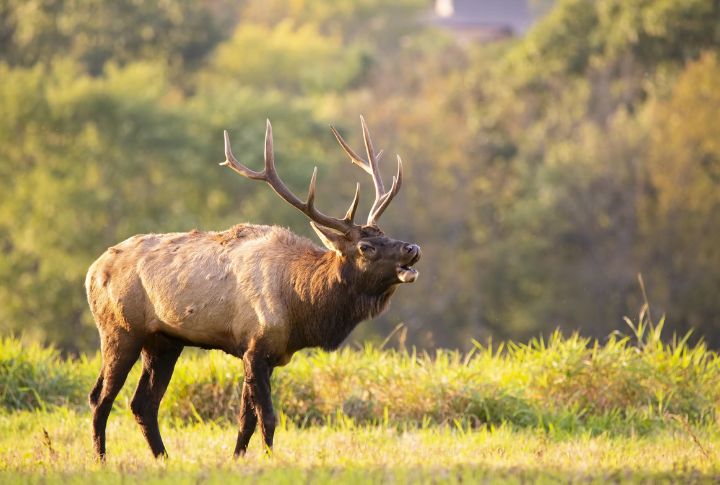
You won’t miss them—elk wander across meadows, valleys, and near roads. Fall is the peak time when males bugle loudly to attract females and challenge rivals. Watch for large antlers and herds near Mammoth Hot Springs. Stay quiet, as elk can get aggressive during the rut.
Grizzly Bears
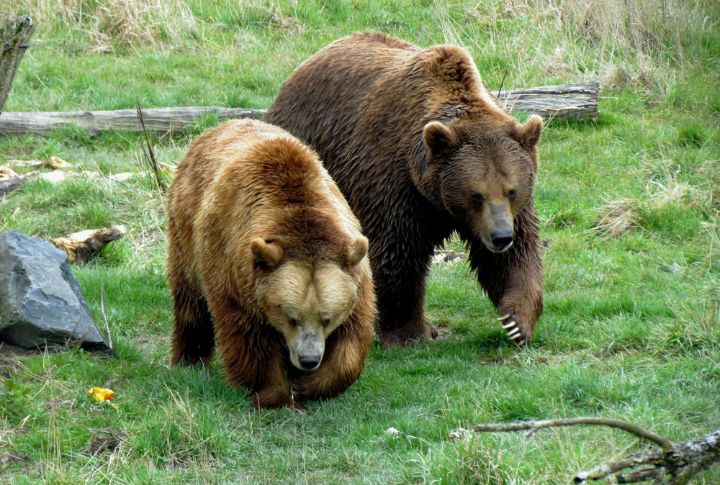
Grizzly bears are most active in Yellowstone during spring, emerging hungry after hibernation. They roam Lamar Valley and Yellowstone Lake, hunting for food. Despite their calm appearance, grizzlies move quickly and cover vast areas. Always stay at least 100 yards away for safety when trying to catch a glance.
Bald Eagles
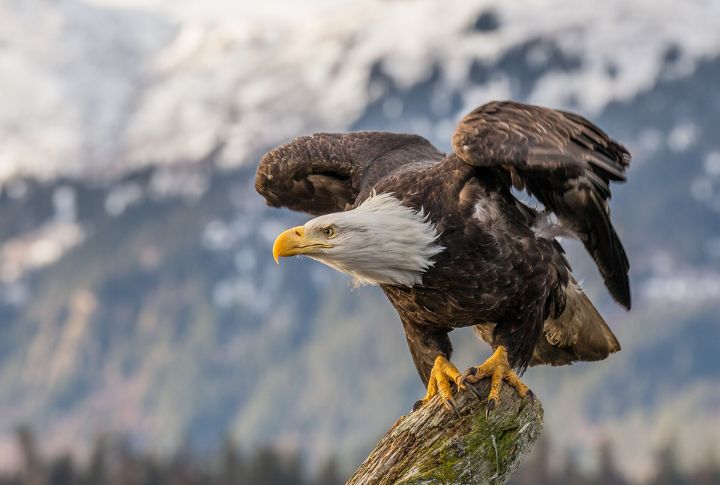
Bald eagles nest around rivers and lakes where fish run strong. Spot these powerful birds year-round, gliding above Yellowstone Lake or perched high in trees. Eagles scan for fish below or rest near nests, so bring binoculars for a close-up. Mornings and early evenings are the best times for a great view.
Bighorn Sheep

Cliffs near Mount Washburn and Gardiner Canyon become battlegrounds in the fall, as Bighorn Sheep clash in dramatic head-butting contests for dominance. These sure-footed animals blend seamlessly into rocky terrain, so watch ridgelines and slopes closely. Cooler weather and midday sun improve your chances of spotting one.
Mountain Goats
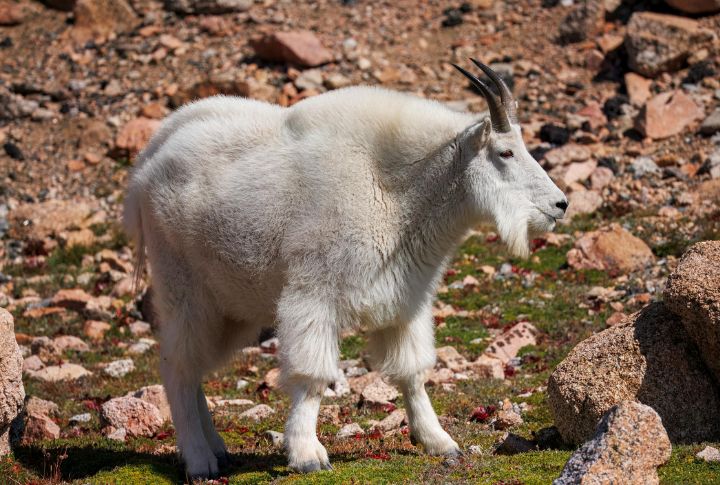
Mountain goats roam the northern peaks near Yellowstone’s border. Their thick white coats stand out against rocky cliffs, especially in early summer. This animal stays high up and rarely descends. You’ll often find them alone or in small groups, perched on ledges or steep terrain.
Moose

Solitary by nature, the moose can be found near still waters and wetland edges, wading into the shallows to feed on aquatic plants. The best chances for observation occur at dawn and dusk. Even from afar, the impressive size and unmistakable antlers reveal this giant among the terrain.
Pronghorn
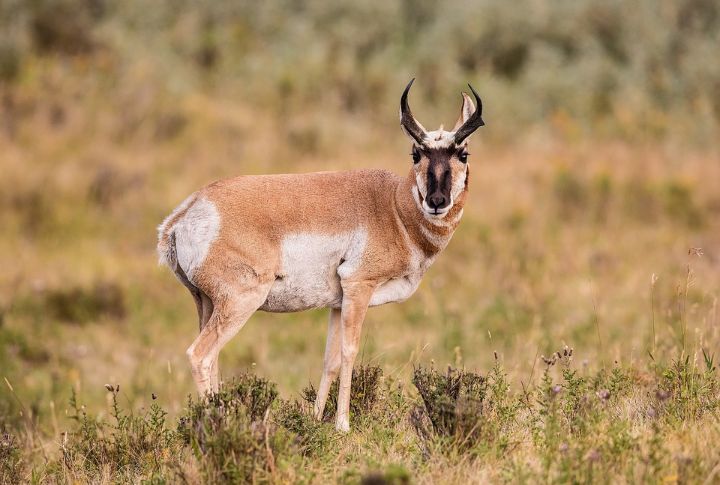
Pronghorns dash through open grasslands at speeds up to 55 mph. You’ll find them across the Northern Range near Blacktail Deer Plateau. They travel in loose herds and feed on low shrubs. Additionally, their white rumps flash as they run, making them easy to recognize.
Black Bears

Look for black bears in Yellowstone’s lower woodlands, where they’re spotted more than their grizzly relatives. Morning and evening hours offer prime viewing, especially near Tower Roosevelt. Remember not to go too close, as these bears can move with surprising speed when startled.
River Otters
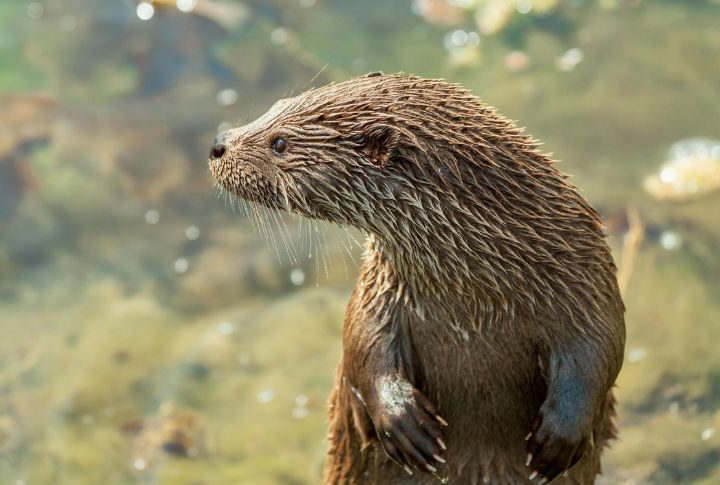
North American river otters frequent Trout Lake and the Yellowstone River, especially at dawn. These mammals exhibit social foraging behaviors, often hunting in groups. You will find river otters staying in touch with whistles and chirps, using sound to coordinate and communicate as a group.
Coyotes
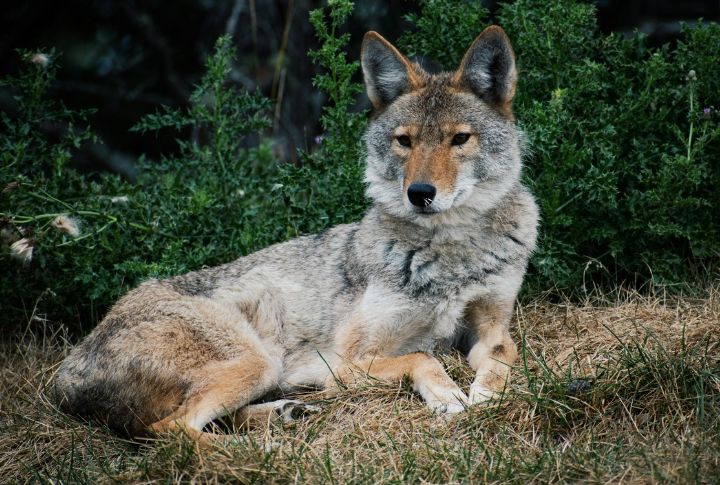
Yellowstone’s coyotes have adapted uniquely to hunting smaller prey and thriving in thermal areas where winter temperatures fall to -40°F. You can watch them near Lamar Valley and Hayden Valley, where they’ve learned to dig for voles in deep snow and scavenge thermal-killed prey.
Beaver
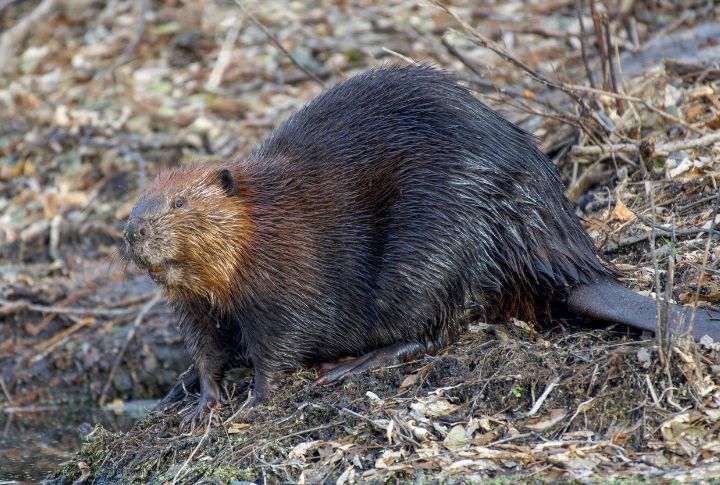
Beavers are nature’s engineers, working quietly by the water. You’ll find their lodges near lakes and rivers, especially at dusk. These hardworking animals build intricate dams, shaping the environment around them. Fall evenings are a great time to spot beavers at work.
Red Fox
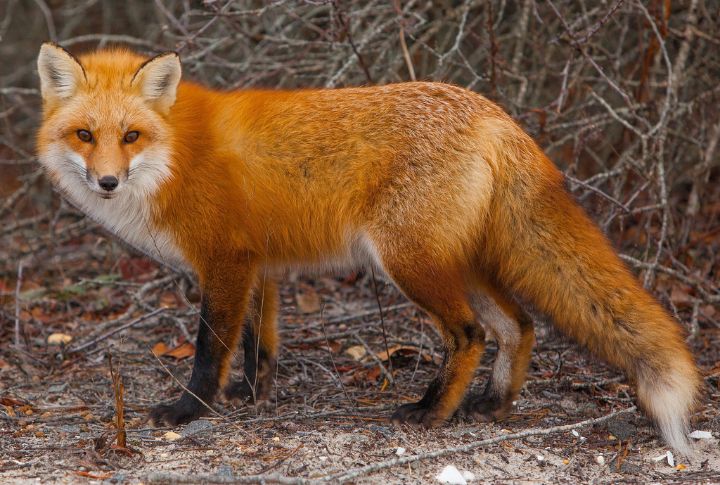
Sharp-eyed red foxes roam Yellowstone’s high country above 7,000 feet. Morning brings the best chance to watch their magnetic-guided leaps. A graceful 15-foot arc that ends in a pinpoint dive. Watch long enough, and you might catch one vanish into the snow like a whisper.
Trumpeter Swans
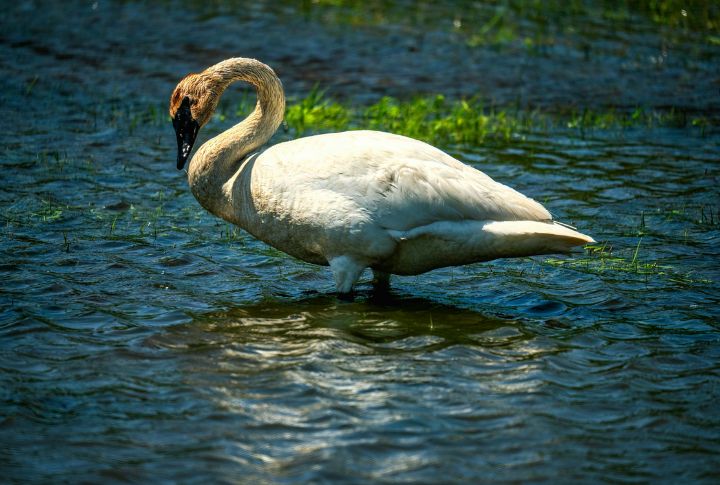
The trumpeter swan isn’t just big—it’s massive. With an 8-foot wingspan and 30-pound frame, it glides effortlessly over Yellowstone’s lakes. Want to see them showing off? Try Swan Lake or the Madison River early in the day. Winter? Even better.
Golden Eagles
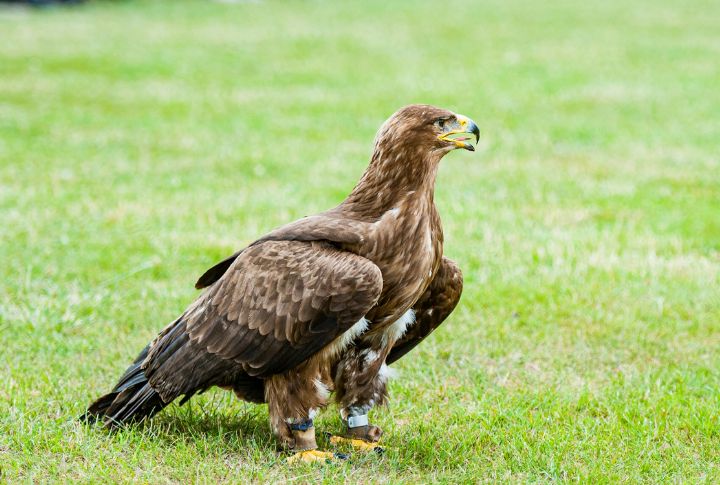
Yellowstone’s Northern Range draws golden eagles year-round. Each 14-pound raptor has a 7-foot wingspan, diving from ridge perches at 150 mph. Morning light reveals the best hunting action along high rocky outcrops in Lamar Valley and Gardner Canyon.
Mountain Lions
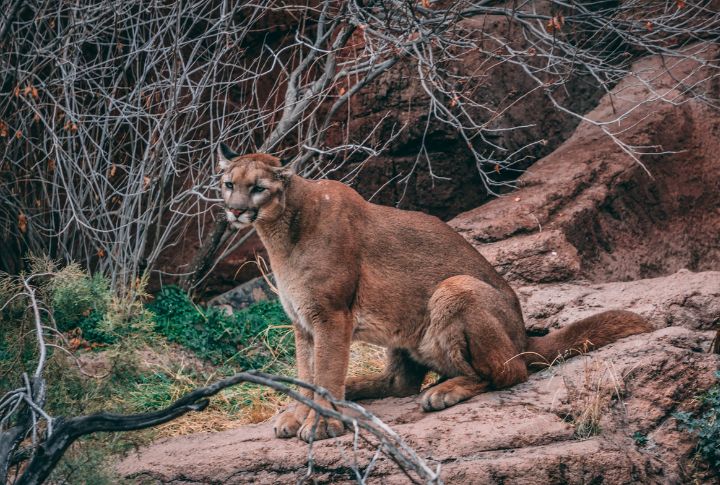
Mountain lions are the park’s stealthy predators. Rarely seen, they prefer staying out of sight, prowling mostly at night. Weighing up to 150 pounds, mountain lions hunt solo with keen night vision and silent paws as perfect ambush predators. A glimpse of this elusive cat is rare—stay back 100 yards if luck brings an encounter.
Sandhill Cranes
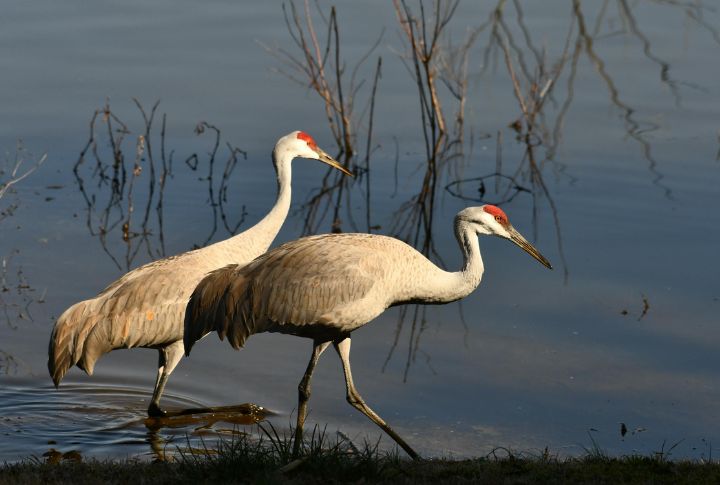
Red-crowned sandhill cranes grace the grasslands often during spring and fall migrations. See these 4-foot-tall birds spring into the air during their striking courtship dances, while rattling calls echo across the wet meadows of Hayden Valley. The best viewing comes at dawn between March and May.
American Martens
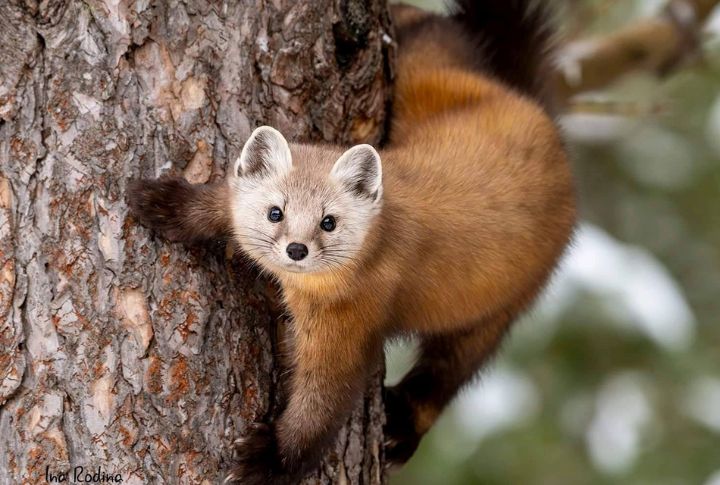
Agile and tree-loving, American martens stay active across Yellowstone’s forests. They move quickly through the trees, hunting for small mammals and birds. These elusive animals are mostly seen in the winter months. However, you need patience if you want to catch a glimpse of a marten dashing through the branches.
Yellow-Bellied Marmots
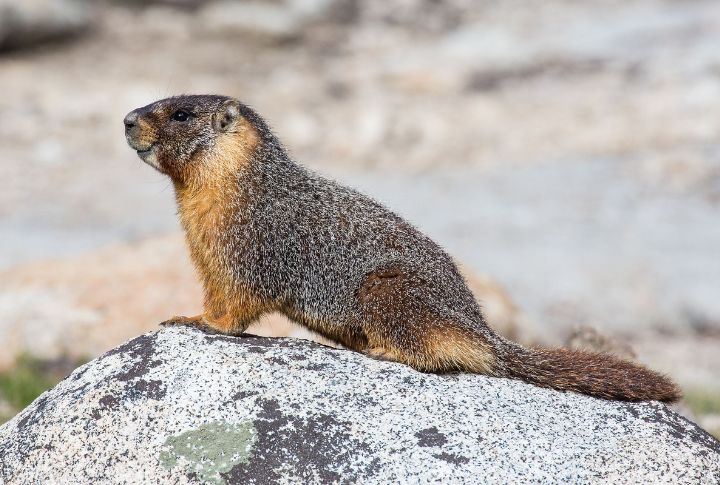
Yellow-bellied marmots bask on warm rocks and live in colonies of up to 20. Weighing around 11 pounds, marmots whistle sharp alarms at the first sign of danger. Look for these sociable mammals in high mountain meadows each spring before they vanish again for winter hibernation.
Gray Wolves
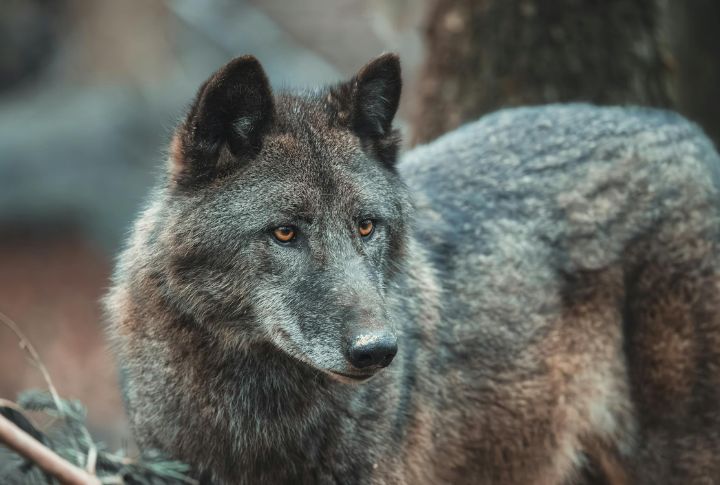
Looking to spot Yellowstone’s apex predators? Gray wolves rule the Northern Range in eight packs, each with 8–12 members. Males tip the scales at 130 pounds, females slightly less at 110. At first light, Lamar Valley comes alive with wolf activity. Today, at least 97 wolves roam the region—a thriving population that began with just a few released in 1995.

